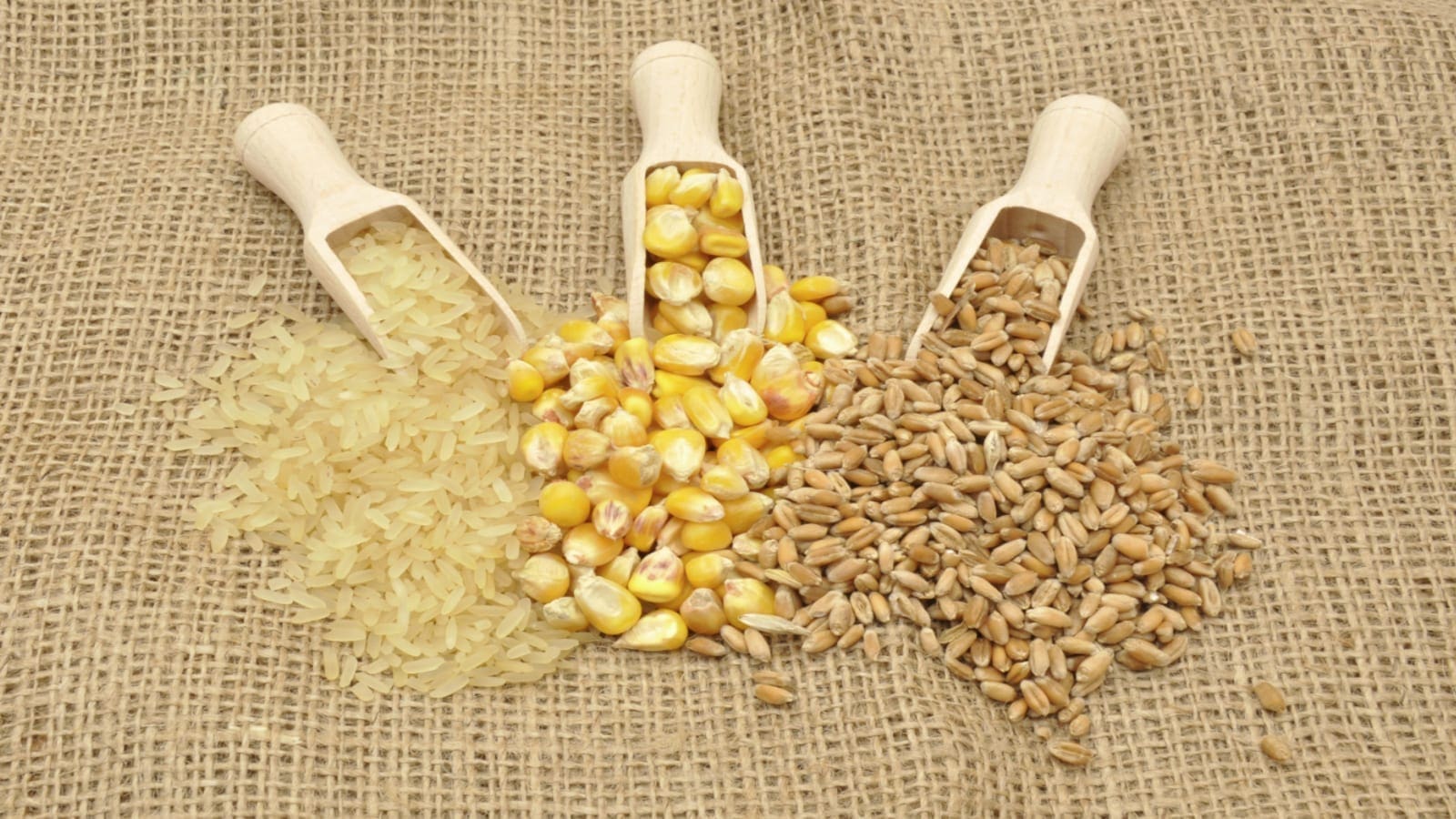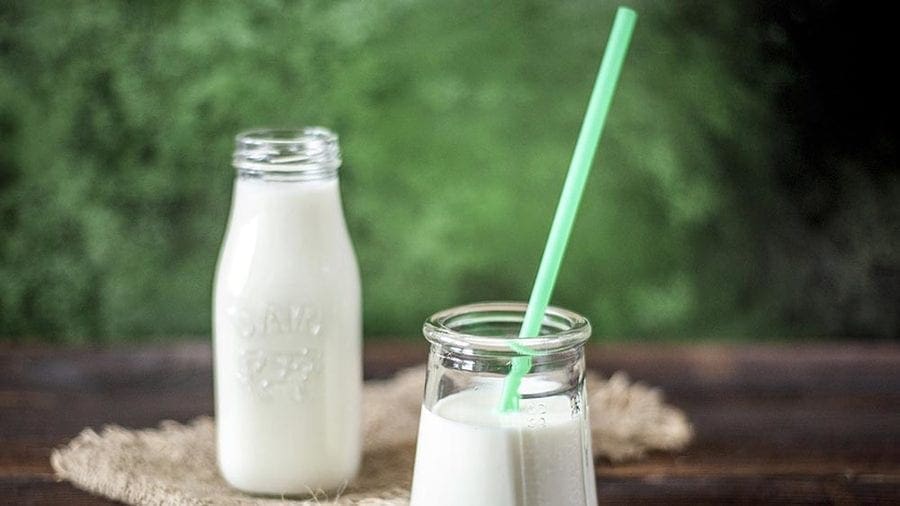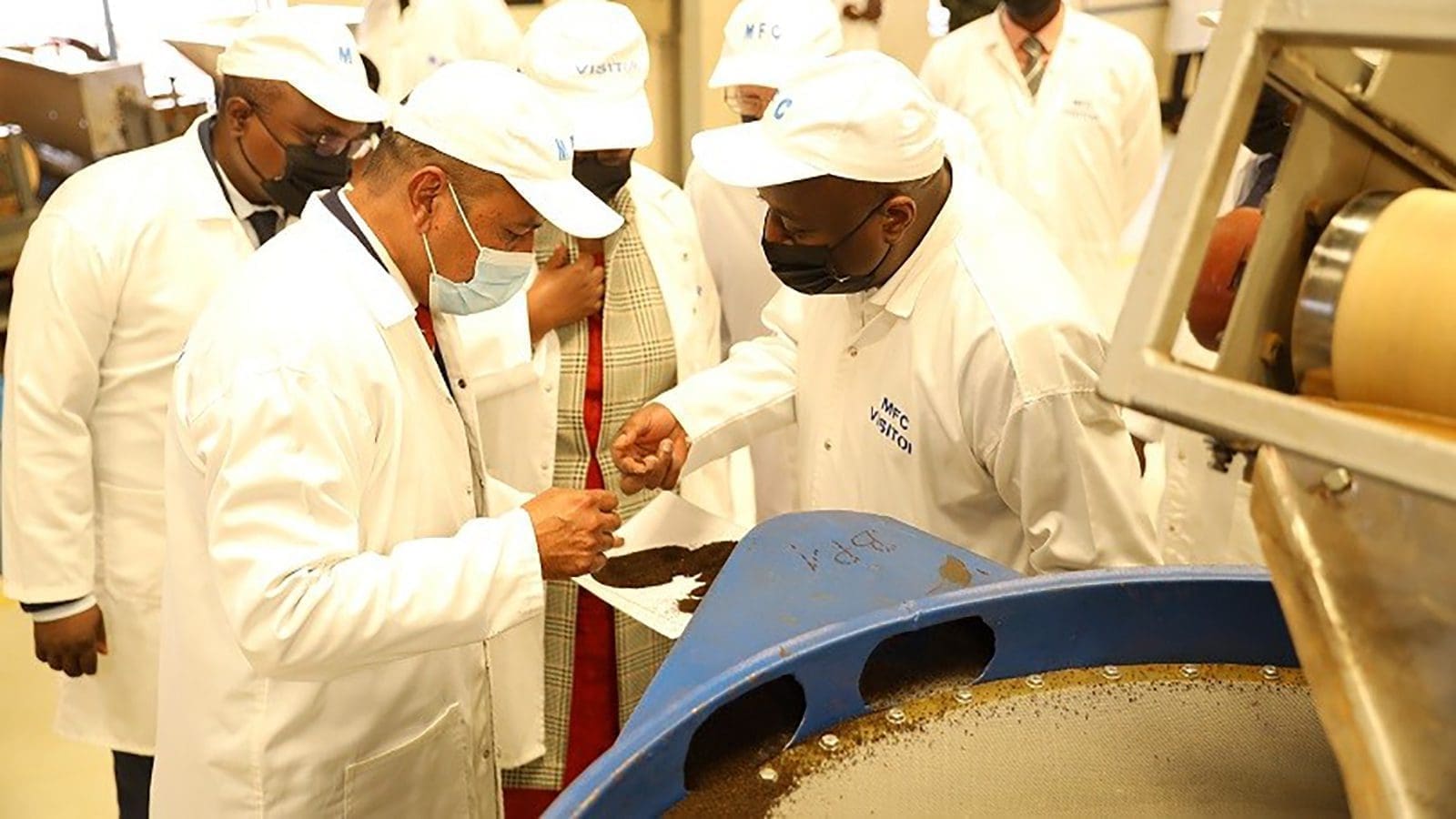KENYA – Kenya is a diverse country with many agro-ecological zones (AEZs) which makes it ideal for agriculture production. However, the country is expected to remain a net importer for corn, wheat, and rice in the Marketing Year 2021/22 as local production does not match demand levels.
According to a GAIN report prepared by USDA, the East African nation is expected to produce 4 million MT of its staple grain, corn, during the period under review.
This will be against consumption levels of 4.5 million MT due to a rise in feed demand.
The report highlights that most animal mixes made in Kenya consist of 60 to 80 percent of corn.
“Dairy and poultry producers, allegedly the largest feed consumers, are expected to increase their corn purchases to help meet rising consumer demand,” notes the report.
To offset the balance, the country’s MY 2021/22 corn import is estimated at 500,000 MT, a 100,000 MT increase from the current MY 2020/21 estimate.
Kenya is expected to continue importing from the Common Market for Eastern and Southern Africa (COMESA) and East African Community (EAC) because these groups produce non-genetically modified (GM) white corn.
In March 2021, the country’s Agriculture and Food Authority (AFA) reversed its import ban on Tanzania and Uganda, Kenya’s largest corn suppliers, due to the presence of aflatoxin.
Instead, AFA has decided to allow corn imports from these countries if they undergo enhanced testing.
“Dairy and poultry producers, allegedly the largest feed consumers, are expected to increase their corn purchases to help meet rising consumer demand.”
USDA
Wheat production to increase by 16.7% following increased demand
Meanwhile wheat production for the MY 2021/22 is estimated at 350,000 MT, a 16.7 percent increase due to expected favourable prices and good weather.
“Beer consumption declined since the start of COVID-19, lowering the barley price to wheat levels. Local farmers, who substitute these two commodities, note that wheat is becoming more profitable due to Kenya’s growing baking sector,” the report reads in part.
Local demand of the commodity is forecasted to increase especially in the confectionery and bakery sector with feed made from wheat projected to increase by 30,000 MT in MY 2021/22.
With rise in local demand and normalization of shipping after COVID-19, Kenya is expected to continue importing from traditional sources: the European Union, Russia, Argentina, and Ukraine.
The report further highlights that imports from the United States are anticipated to rebound, after dropping to zero in MY 2020/21, as food assistance programs and the U.S.-Kenya certification protocol for Pacific Northwest wheat resume.
It is important to note that, the country has been experiencing shortage of the grain as prices of wheat rose to Ksh34,240 (US$320) from Ksh25,300 (UUS$236) per MT last year in the global market, forcing bakers to increase the prices of their goods.
In 2020, the average wheat price for locally produced remained stable at US$360 per MT. Since January 2021, the same wheat price reached US$458 per MT, due to limited supplies and rising demand.
Rice demand to improve by 8%
Shifting focus to rice sector, production for both milled and rough is anticipated to remain flat at 80,000 MT and 121,000 MT respectively, due to limited production capacity from delayed irrigation schemes.
Consumption is forecast to improve by 8 percent to 700,000 MT as schools and the hospitality sector reopen.
In Kenya, rice is unlike other staple grains, such as corn as it is not typically consumed at home but mostly at hotels, restaurants, and schools.
In MY 2019/20, the grain consumption dropped 14 percent as it main markets which together account for 35 percent of total rice consumption, closed because of COVID-19 lockdowns.
The report notes that local production will cover 13 percent of country demand, resulting in a supply deficit met by imports.
The MY 2021/22 import figure is noted at 575,000 MT, a gradual increase from the previous year.
Pakistan, Thailand, India, Tanzania, and Myanmar continue to be major suppliers to Kenya.
Liked this article? Subscribe to Food Business Africa News, our regular email newsletters with the latest news insights from Africa and the World’s food and agro industry. SUBSCRIBE HERE











